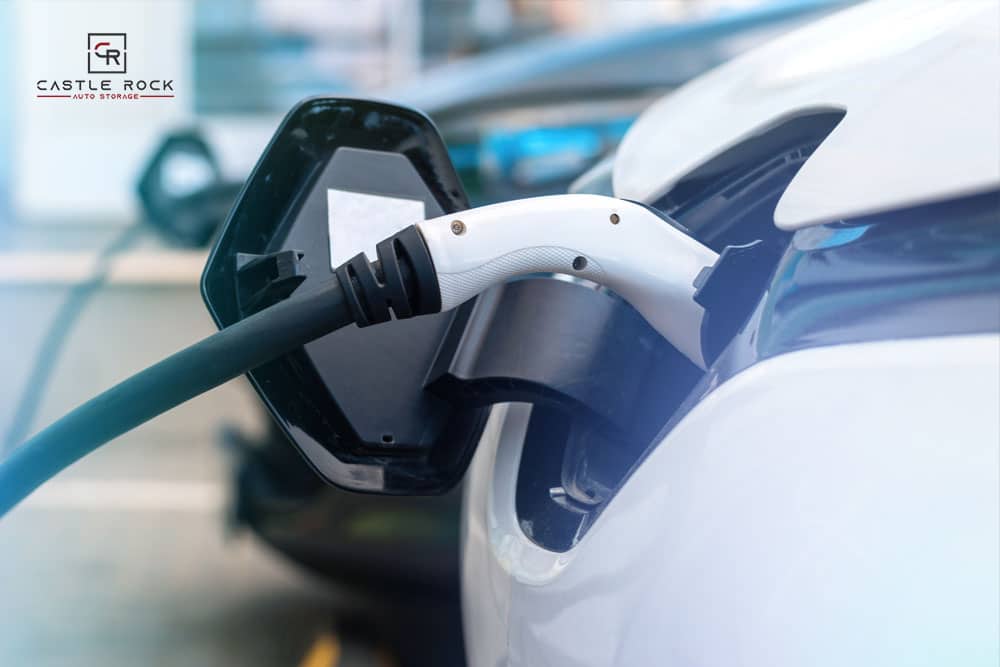EVs
Over the last ten years electric vehicles (EV) have become a more and more common sight on the streets and roads of the United States. EVs might seem like a new advancement but in concept at least they have been around for as long as internal combustion engine (ICE) vehicles, dating back to the late nineteenth century. At one point around the turn of the twentieth century it’s estimated that EVs made up as much as one third of the motorized vehicles in urban America.
In the beginning
The first production EV was made by Englishman Thomas Parker in 1884, it went less than twenty miles per hour and had a range of just a few miles. Early EVs were mostly relegated to taxi service in major metropolitan areas and ended up falling out of favor as the internal combustion engine became more reliable and the price and availability of gasoline became more consumer friendly. By the time Henry Ford standardized the model T in 1908 electric vehicles were mostly a thing of the past.
For the most part EVs were not really a part of the automotive industry for the next 60 years, but rising oil prices and environmental concerns began to bring renewed interest by the 1970s and 80s. The first ‘modern’ electric vehicle to be mass produced was the EV1 from General Motors in 1996. GM made around 1000 EV1s and marketed them through a complicated leasing program that ultimately ended in failure. Over the last 25 years technology has come a long way and these days the range and speed of EVs has increased dramatically. Modern EVs like the Tesla have ranges of hundreds of miles and some purpose built EV race cars have top speeds of well over 200 miles per hour. By 2020 nearly every major automobile manufacturer began to lean heavily into electric vehicle technology, and there is currently an electric option for nearly every segment of the automotive industry.
Differences between EVs and Combustion Vehicles
Obviously the biggest difference between electric vehicles and traditional gasoline vehicles is the lack of emissions, but EVs also have a number of other important differences. One great feature of the electric engine is that they have 100% of their potential torque at all times, this allows them to accelerate much faster than the average ICE vehicle, for example the Tesla model S has an impressive 0-60 time of just under two seconds – even the mighty Dodge Viper with it’s enormous 8.4l engine can’t do that. However, outside of a few brands and makes, most EVs are not focused on performance, environmental impact and cost of operation are probably what most people have in mind when they consider purchasing an electric vehicle. Another major difference between EVs and traditional vehicles is the weight. In general an EV will be at least 15-20% heavier than a conventional vehicle in its market segment. You’re losing the weight of the traditional engine, but you’re gaining the weight of up to four electric motors, and a huge, heavy battery bank – some EV batteries can weigh almost 2000 pounds.

Charging Electric Vehicle
Electric Vehicle Storage
With all of the differences between EVs and traditional vehicles, long term storage presents a new set of circumstances for owners to keep in mind. It depends on the manufacturer, but your vehicle may or may not need to remain plugged in even if you don’t plan on using it for an extended period of time. Obviously you don’t want to store your vehicle with the battery all the way drained, but storing it with the battery fully charged can also damage the lithium cells, most manufacturers recommend storage with a charge between 20% and 80% (your manufacturer knows best, follow their recommendation). Just like a traditional car, EVs have a standard 12v battery (in addition to the massive lithium batteries that power the vehicle). This traditional battery should be fitted with a trickle charger just as you would with an ICE vehicle.
Many modern EVs have lots and lots of bleeding edge technology and features. Every model is different but for the most part you are going to want to turn off or disable these for long term storage. EVs are heavy and one important thing you may not consider is keeping the tires rolled to avoid flat spots – ideally you should store your EV on a lift with the weight off the tires if you can. Probably the most important thing to consider when storing your EV is the location. Obviously, by it’s nature of being electric the EV is a more complicated thing than a traditional vehicle and things like temperature and moisture can be especially detrimental to the internal systems. You should store your EV indoors if possible or with a quality waterproof cover at the very least. With proper preparation and maintenance you should be able to store your electric vehicle safely for the long term.


